Global DPS 2025 Education
Root Cause Analysis
Orte Moussa - Director, Otrem Engineering P/L (Moderator)
Chriss Ross - Principal - Network Integrity, Telstra
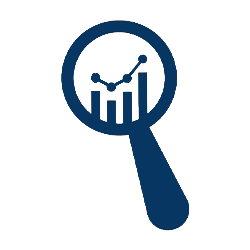
How One City created a process to reduce damage
David Ingram - Cityworks Coordinator & Technical Operations Supervisor, Rogers Water Utilities


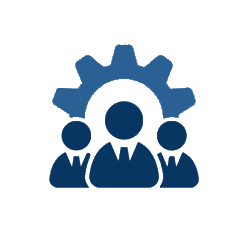

Due to aging infrastructure and lack of accurate utility location information, there is significant underground congestion and conflicts, resulting in increased operational risk, especially at waterways and utility crossings. The ability to mitigate these risks by providing accurate digital as-built positional data at trenchless crossings, constructed via HDD methods can be done with in-line Inertial Measurement Unit (IMU) Mapping tools that are autonomous and provide highly accurate XYZ GPS location information. The result is a digital geolocated 3D map of buried assets that can be integrated into any existing software.

Learn about different locating and mapping technologies currently on the market and what types of technologies can locate and map all types of utilities. Learn to identify what type of technology should be deployed based on site conditions and facilty type, while gaining an understanding of the limitations that exist with different locating and mapping tools.

In an era where precision and efficiency are paramount, the transition from traditional underground utility marking methods to Digital Locate™ solutions represents a significant leap forward for the Damage Prevention industry. Drawing from real-world applications and case studies, the session will demonstrate how Digital Locating™ enhances accuracy, reduces field time, and improves communication among stakeholders. Attendees will gain insights into the integration of advanced geospatial data, AI-driven analysis, and mobile-friendly platforms, which together deliver instantaneous and reliable underground line information directly to field personnel. The presentation will also cover the challenges and opportunities associated with adopting Digital Locate™ systems, including regulatory considerations, data security, and the pathway to industry-wide adoption.

The future of utility location is evolving quickly and with Artificial Intelligence (AI) deployed alongside traditional Subsurface Utility Engineering (SUE) and One Call locating processes. It is changing the landscape of early risk mitigation and the asset management lifecycle. This session is an exploration of how the emergence of AI to collect, interpret, and synthesize the vast amount of siloed utility data available in the public and private domain is enhancing traditional efforts and transforming the Utility Asset Management Lifecycle and Utility Management markets.

Every board wants to be a catalyst for organizational success, but most boards struggle to foster a high-performance culture that engages members and drives effective governance. This interactive session explores the essential elements of high-performance board culture explicitly tailored for the 811 Notification Center's board of directors and executive leadership. Attendees will gain insights into fostering a culture of collaboration, accountability, and strategic alignment that enhances board effectiveness and drives organizational success. This session will empower leaders to embrace best practices and innovative approaches that elevate board performance, support their mission, and will be tooled with tactical actions they can take back and apply at their board meetings.


The City of Rogers, Arkansas developed a process to help protect their infrastructure by creating a collaborative process with underground contractors. This process increased communication between the two, and damage to the city’s infrastructure decreased drastically.
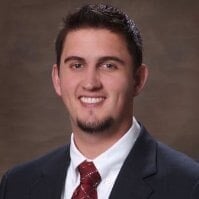
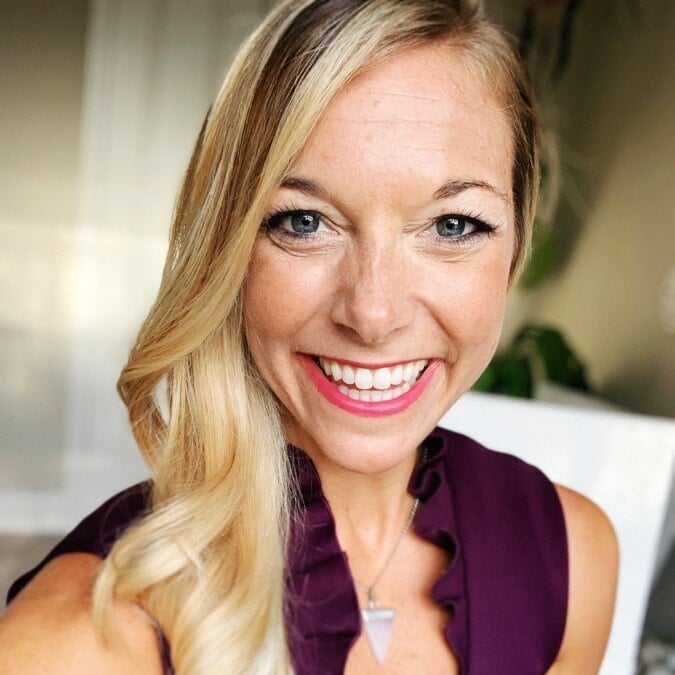
This presentation will explore how geofencing technology, a tool used by billion-dollar brands like Uber, Amazon, and Starbucks to target key audiences with precision, can be employed by pipelines and other utilities to save lives and protect critical infrastructure. By utilizing geofencing, companies can target safety information to affected public, excavators, and emergency responders within specific geographical zones. We’ll highlight how the Pipeline Association for Public Awareness (PAPA) has successfully implemented this cutting-edge technology, driving effective communication and enhanced safety practices, ensuring that vital information reaches the right people at the right time. Learn how geofencing can be a game changer for utility safety, creating a proactive approach to preventing accidents, and safeguarding communities and infrastructures alike.


This presentation will cover the underlying causes driving damages to major underground services in Australia in the last 2.5 years, based on field investigations and legal cases. It will also provide a unique perspective in capturing, analyzing, and avoiding damages from the largest telecommunications provider in Australia (Telstra) including the use of cutting-edge technology to prevent, analyze, and predict damage.

Positive response codes were designed to play a crucial role in clear and specific communication between excavators and utility locators. Both have expressed displeasure with the codes not being specific enough. Is it time to revisit the issue? Have current positive response codes contributed to a lack of clarity in the excavator process? Should there be universal codes that cross state lines to provide a greater clarity and confidence in the system? Should the process begin with asking excavators and locators to sit down with Notification Centers to identify their specific concerns?

Learn about the Alternate Locate Provider (ALP) Program, a new option for how locates can be delivered in Alberta, Canada. The ALP Program allows Locate Service Providers (LSPs) to register their services with Utility Safety Partners (USP) following a comprehensive training and audit process; and, provides excavators with the option to hire a registered locator to complete locates on behalf of participating USP members. The ALP Program allows project owners to work directly with LSPs, improving communication and providing greater certainty around project timing, costs, and most importantly, reducing damages.


As original One Call centers and the industry as a whole turned 50 years old, an emerging need for the next generation of Executive Directors and Chief Executive Officers was identified. As long-time and current leaders retire or move on, the opportunity to develop and prepare emerging leaders became evident. This session will cover the curriculum that was designed to create prepared professionals to fulfill succession plans and carry forward the mission of damage prevention, public safety, and industry collaboration that is critical to the success of all One Call centers.
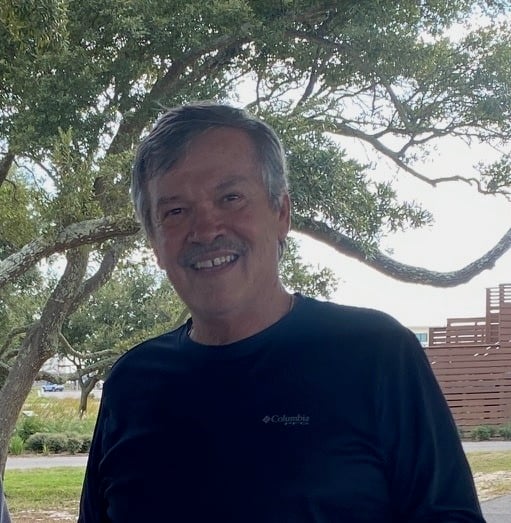
When it comes to reducing damages, one of the top three answers is always "better communication." You may not be able to define better communication, but we surely recognize it when we see it. Attend this session prepared to be challenged to identify what's the problem instead of who's to blame.

The American Petroleum Institute (API)'s new API Pipeline Safety Management System (SMS) Contractor Safety Assessment Program, building on the success of its established Pipeline SMS: A Contractor’s Guide, and its associated implementation tools, is the culmination of API’s work with the Distribution Contractors Association to help meet both contractor needs and operator’s priorities for pipeline SMS implementation. The program provides pipeline contractors with access to experienced safety professionals who offer feedback on safety management systems, promoting greater alignment with pipeline operators and improving safety across the industry. API worked with the Distribution Contractors Association to produce the Pipeline SMS Contractor Assessment Program, a three-tiered structured offering to help contractors implement programs that support pipeline safety.

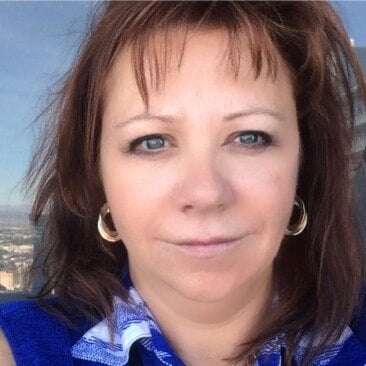

Many professions require certification to be qualified to do the task. Once you are certified you need to meet ongoing education requirements to stay current. A standard for a Damage Prevention Professional Certification Program will be discussed, including structure, new developments, progress, and accreditation philosophy. This session will focus on how this type of program can improve damage prevention and how it can be rolled out globally.
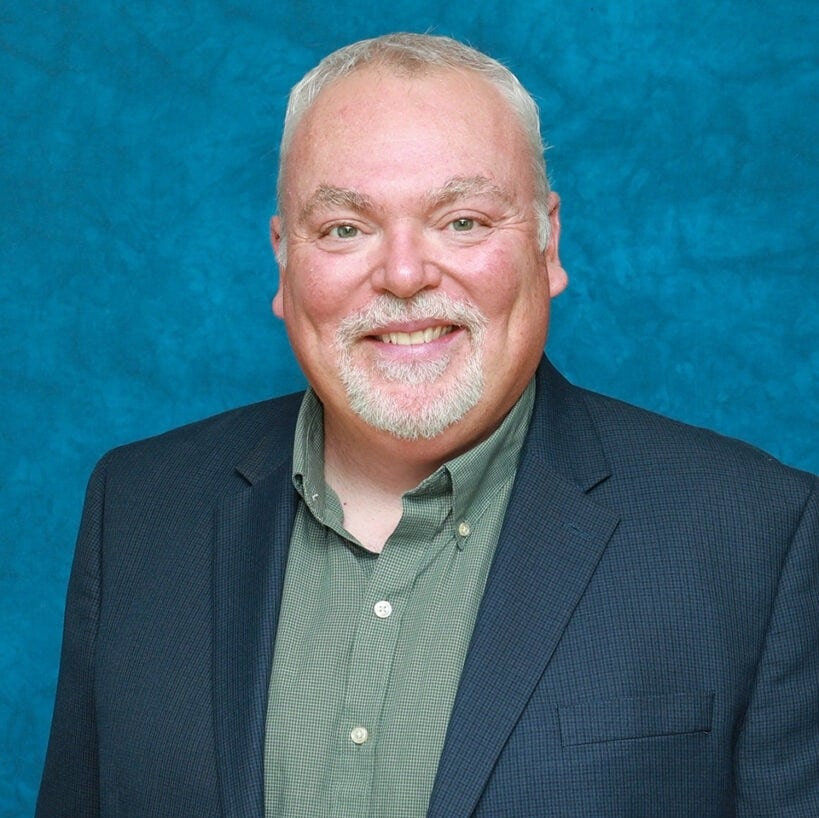
Leaving a Safety Legacy is a refreshing look at two of the hardest challenges many companies face today: Compliance and Engagement. This presentation addresses these issues by uncovering the personal value in safety, both on the job and at home, and delivers a clear path for attendees to follow. By challenging the status quo and the “what’s in it for me” mentality, this message is designed to get attendees to develop a stronger value on their own personal safety as well as the safety of others while gaining essential insight on how to give back, ultimately creating their own safety legacy. Attendees walk away with a clear understanding of how their safe actions impact themselves, as well as others, and make a personal connection to the reasons why it’s important to be safe.